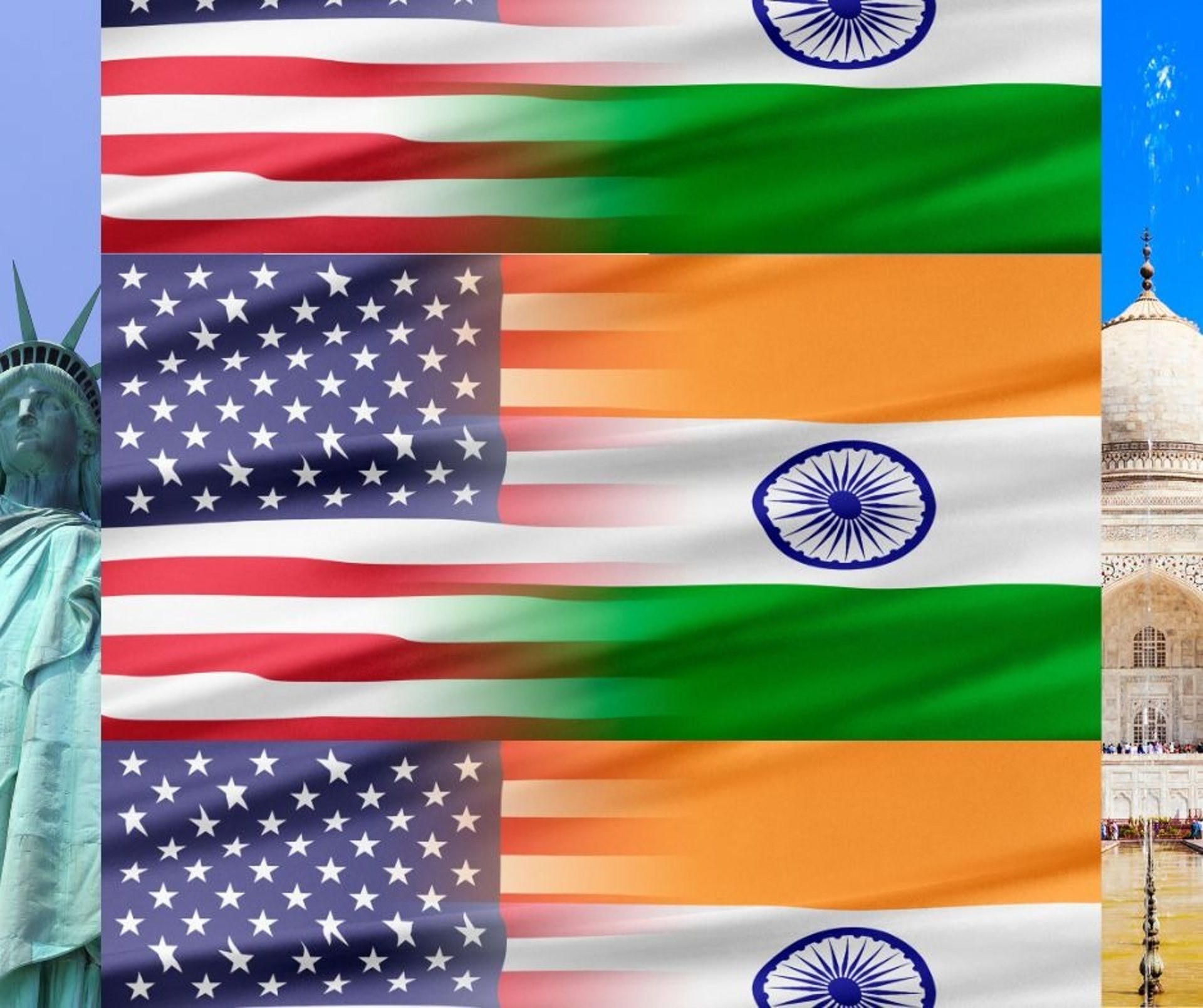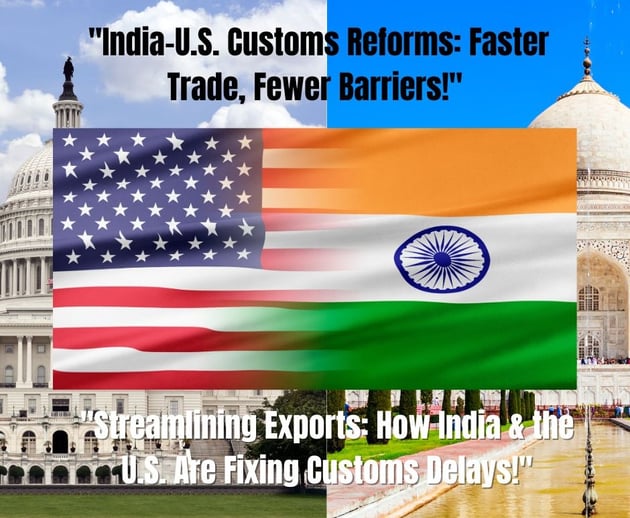
India-U.S. Trade: The Shift Toward Faster Customs Clearance and What It Means for Businesses
INTERNATIONAL TRADE & TRADE POLICIES
5/15/20252 min read


India and the U.S. share one of the largest bilateral trade relationships, with a volume exceeding $190 billion in 2024. However, exporters often face customs clearance delays, product-specific certification challenges, and tariff misalignments, all of which create friction in trade operations.
Recognizing these issues, both nations are working on new customs processes aimed at reducing delays, optimizing compliance, and making trade smoother for businesses across industries. These reforms could enhance supply chain efficiency, reduce overhead costs, and strengthen India’s role as a global trade leader.
Current Challenges in India-U.S. Trade
Despite strong trade relations, several bottlenecks slow down exports and imports:
1. Customs Clearance Delays
Indian exporters frequently experience long processing times at U.S. ports due to manual documentation requirements, redundant quality checks, and inconsistent enforcement of standards.
For example:
Indian textile exports often undergo multiple quality inspections before clearance, delaying delivery timelines.
Pharmaceutical shipments require FDA approvals, which can take weeks if documentation isn't aligned.
Agricultural exports—especially seafood—face rejection due to differing hygiene standards, leading to lost revenue.
2. Tariff Complexities and Trade Restrictions
Certain Indian exports—such as ready-to-drink alcohol, spices, and processed foods—face high tariffs and additional regulatory scrutiny, making them less competitive in the U.S. market.
Additionally, the Generalized System of Preferences (GSP), which provided duty-free status to several Indian goods, was revoked by the U.S. in 2019, impacting cost-efficiency for Indian exporters.
3. Certification Mismatches
The U.S. has stricter product regulations, requiring Indian exporters to comply with multiple certifications.
Genetically modified crops often face restrictions due to different agricultural policies.
Electrical and tech products need certifications such as UL listing, which can be time-consuming.
These inconsistencies contribute to increased costs, longer turnaround times, and uncertainty for businesses.
New Customs Processes: What’s Changing?
To address these challenges, India and the U.S. have proposed several reforms to enhance trade facilitation. The new customs processes aim to:
1. Reducing Consignment Rejection Rates
New guidelines will establish uniform quality standards between the two nations, reducing unnecessary rejection of shipments.
The goal is to ensure one-time certification approvals, eliminating repeated audits.
Pilot projects for digital tracking of consignment history are being tested for agricultural and manufacturing exports.
2. Digitalization of Customs Operations
A blockchain-based tracking system is being explored to create transparent shipment tracking and automated verification.
Faster data sharing between Indian customs and U.S. ports.
Reduction in paper-based documentation, improving shipment speed.
3. Tariff Adjustments for Key Sectors
Negotiations are in progress to lower tariffs for specific categories, such as:
Processed foods and ready-to-drink beverages
Pharmaceutical ingredients
Tech components and semiconductor materials
These tariff reductions would increase competitiveness for Indian products in U.S. markets.
Impact on Indian Exporters
If these changes are successfully implemented, Indian businesses will benefit in multiple ways:
✔ Faster clearance times: Reduced delays mean smoother logistics. ✔ Cost reductions: Optimized processes lower regulatory expenses. ✔ Enhanced market access: Greater ease for small and mid-sized exporters. ✔ Stronger trade confidence: Businesses can plan expansion strategies more effectively.
Next Steps & What Businesses Should Do
India-U.S. trade officials, led by Commerce Minister Piyush Goyal, are expected to finalize agreements in May 2025. Businesses should:
📌 Stay updated on customs rule changes via trade associations and government portals.
📌 Adopt digital trade platforms to align with global standards.
📌 Strengthen compliance strategies by ensuring certifications align with evolving U.S. regulations.
Conclusion
These new customs processes mark a critical step toward frictionless trade, ensuring that Indian exporters can compete more effectively in the U.S. market. As trade evolves, businesses that adapt to digitalization, compliance standardization, and tariff reductions will gain the most advantage.
With India’s growing role as a manufacturing powerhouse, these reforms will not only strengthen bilateral trade but also position Indian exporters as global leaders in supply chain efficiency.
GlobalSetu Enterprise
"A Bridge to Global Prosperity"
Mumbai, Maharashtra, India
We’re Here to Help! At GlobalSetu Enterprise, we value communication and collaboration. Whether you have questions about our products and services, want to discuss business opportunities, or simply wish to say hello don’t hesitate to reach out!